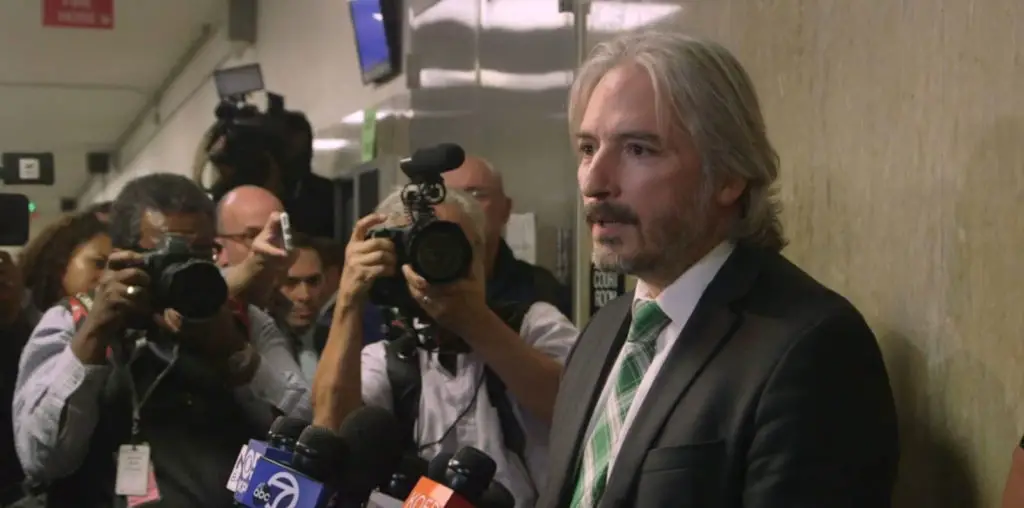
Wylie Roth eats Banquet frozen dinners– lots and lots of Banquet frozen dinners. At the end of each dull work day, Roth returns to his apartment to settle in for an equally dull evening, which invariably consists of his nose in a book while he pecks at a tray of bland food. Like so many post-modern protagonists, the main character of director Peter Spears’ film “Careless” suffers from a particular ailment: boredom. Of course, perpetual ennui makes for crappy drama, and soon enough his plodding routine is disrupted. Change, in this instance, is caused by a severed finger which inexplicably appears on the kitchen floor. How the hell did it get there? Not to worry, Wylie Roth is on the case.
The movie takes the form of a domestic whodunit, and as Roth (played by Colin Hanks) attempts to solve the mystery, he ventures out of his protective bubble and back into the world. Roth carries around the smelly digit like a talisman, and his investigations lead him to such exotic locales as his neighbor’s apartment, the local mini-storage, and a sketchy taxidermy shop. Along the way he reconnects with and is aided by his best friend and his slovenly father (Tony Shalhoub). The quest also leads to a woman (Rachel Blanchard), but whether she is a dream girl or a femme fatale, it’s hard for Roth to say.
A little older, a little gruffer than his days on “Roswell,” Hanks is inherently likeable, which is really the strength of the movie. His work—especially opposite Blanchard and Shalhoub—provides the most fun. Sweet and funny and vulnerable and narcissistic (often at the same time), Hanks shows real promise, and it’s a shame that the clunky plot points of the film cuts into the acting. Right when we get to an interesting interaction between the actors—back to the Sherlock Holmes mystery.
“Careless” is equal parts detective story and character study, but unfortunately, the film ends up being particularly compelling as neither. Hybrid genres are well and good, but here the combination just doesn’t work. When the movie shifts into its more personal gear, the unraveling puzzle of the misplaced finger loses its momentum. When in character mode, the return to the mystery plot feels contrived. What’s left is a jarring mish-mash instead of a cohesive whole. Instead of trying to pay equal homage to each style, Spears would have benefited by committing to just one and letting the other take a back seat.
It’s elementary, dear viewer, elementary.
